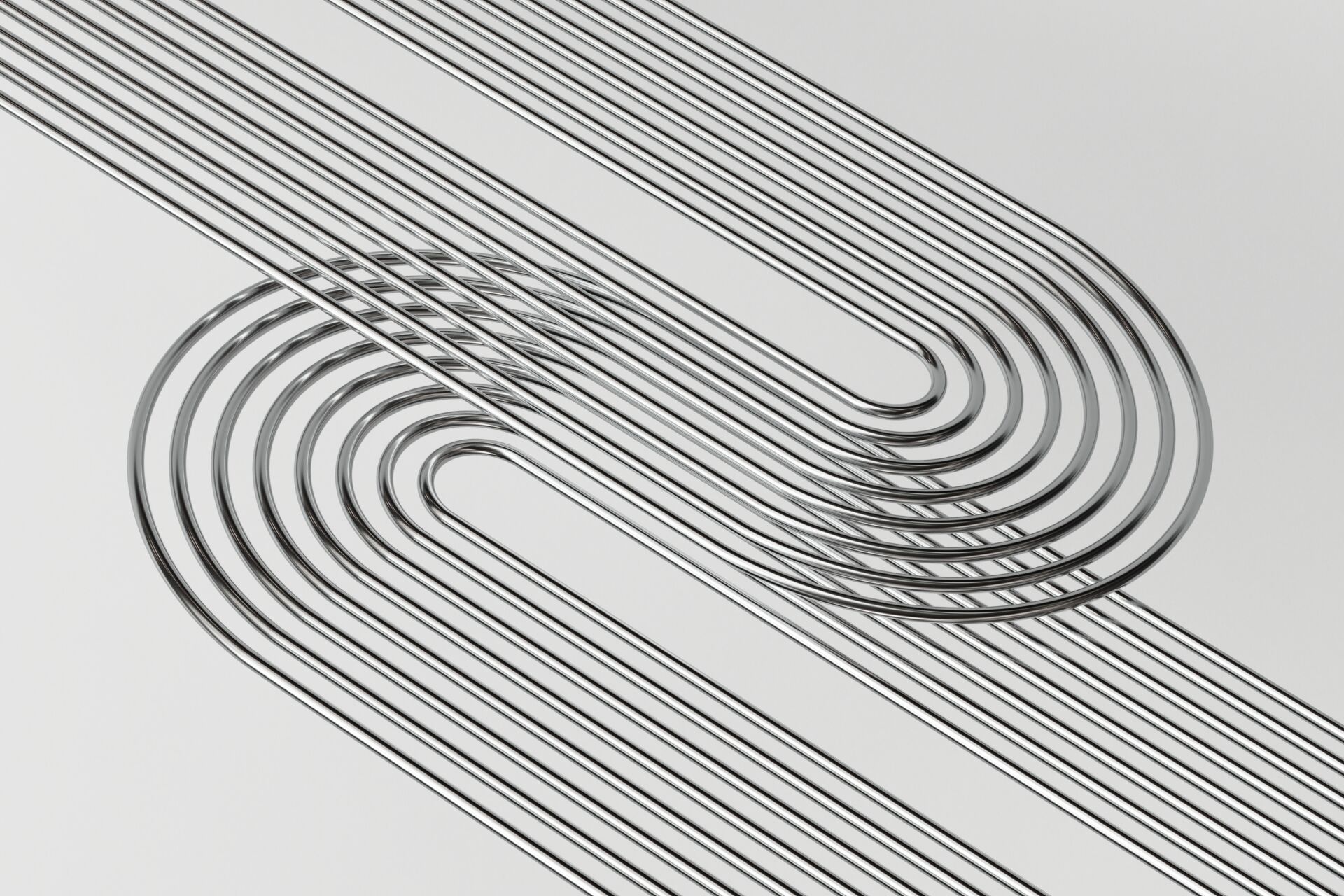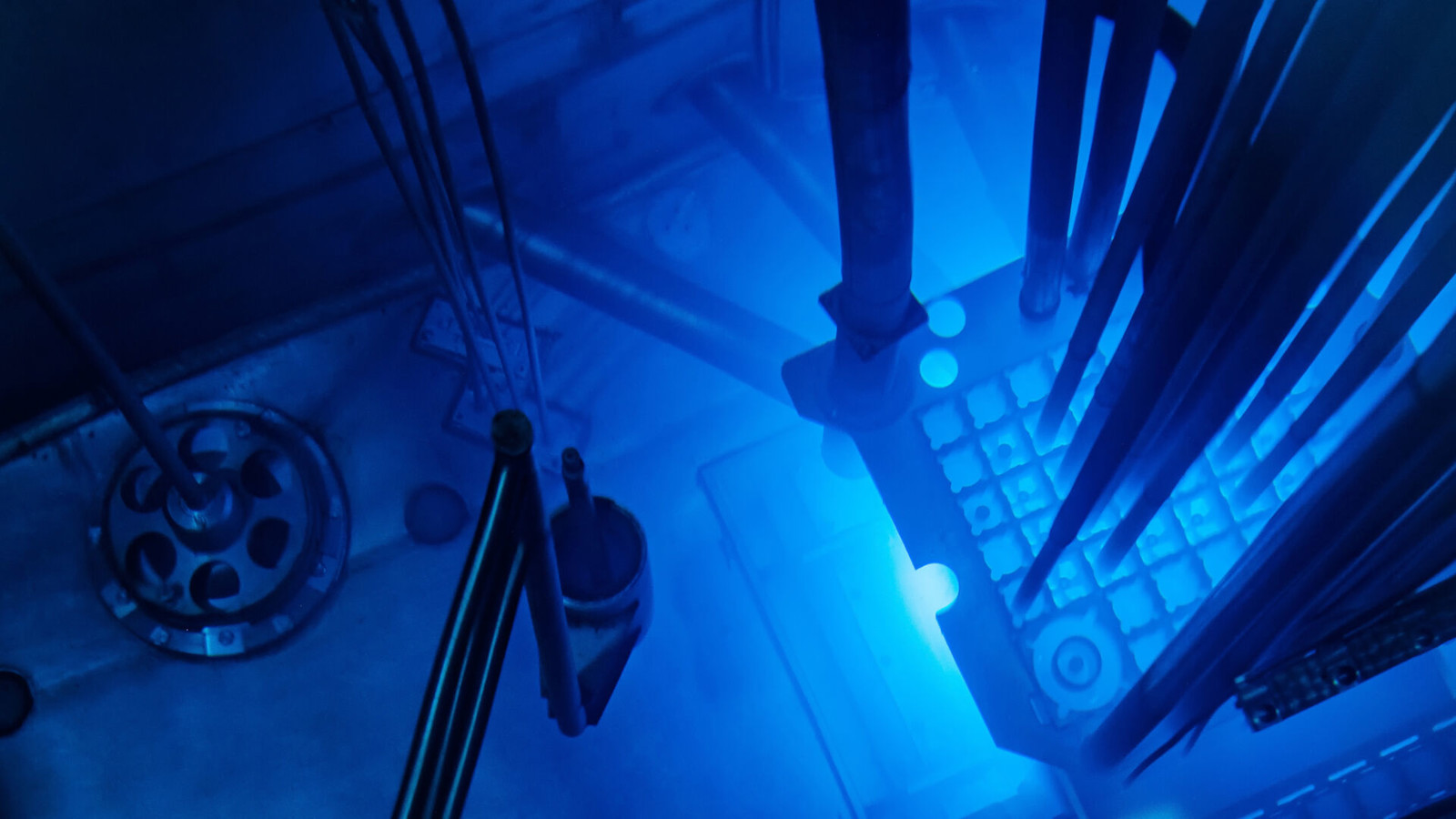Small-scale nuclear reactors are starting to be developed around the world. Designed to introduce more flexibility in the nuclear energy industry, they are set to open up new opportunities.
The ambitions reflected in net zero targets have encouraged innovation in nuclear power technologies, such as Small Modular Reactors (SMR). SMRs refer to a type of nuclear reactor that is smaller in size and has a modular design compared to traditional large-scale nuclear reactors. Although there is no strict size limit, they are typically designed to have an electrical output of less than 300 megawatts.
The concept behind SMRs is to provide a more flexible and scalable nuclear power option that can be deployed in various settings, such as remote areas or locations with smaller power demands. SMRs hold the promise of being more affordable, and easier and faster to build than conventional large reactors.
 Unlike larger nuclear reactors, SMRs are modular, designed to be constructed in a factory and transported to their deployment site, making them more affordable to build than large power reactors.
Unlike larger nuclear reactors, SMRs are modular, designed to be constructed in a factory and transported to their deployment site, making them more affordable to build than large power reactors.
In developing SMRs, the nuclear sector is building on the extensive knowledge and experience it already has and is working on new materials to make reactors more efficient and safer.
With over fifty years of experience as a supplier of critical components to the nuclear sector, and a to-date manufacturing experience of nuclear fuel tubes well over 60,000,000 meters for more than 100 reactors worldwide, Alleima is well-positioned to provide support to the industry as it strives for a safer and more efficient future.
 “We produce steam generator tubing, zirconium cladding tubing, and nuclear tubes and pipes, and work closely with the top players in the nuclear industry,” explains Andreas Furukrona, Global Sales and Marketing Manager Nuclear at Alleima.
“We produce steam generator tubing, zirconium cladding tubing, and nuclear tubes and pipes, and work closely with the top players in the nuclear industry,” explains Andreas Furukrona, Global Sales and Marketing Manager Nuclear at Alleima.
“With a manufacturing process that is completely integrated, we can control and optimize a wide range of critical process parameters to safeguard the extremely high quality and material property demands”.
Steam generator tubes are used in steam generators, converting water into steam producing electricity from a turbine driven by the steam. Cladding tubes are used inside the reactor containing the nuclear fuel, a key component of the reactor core. Nuclear tube and pipe products have several application areas.
Potential advantages of SMRs are enhanced safety features, lower initial capital costs compared to larger reactors, shorter construction times, and the ability to integrate with renewable energy sources. They are often suggested as a potential solution to reduce greenhouse gas emissions, provide reliable power generation, and support energy needs in areas without access to large power grids.

One of the challenges to accelerating access to energy is infrastructure. In areas lacking sufficient lines of transmission and grid capacity.
“SMRs can be installed into an existing grid or remotely off-grid, as a function of its smaller electrical output, providing low-carbon power for industry and the population”, says Furukrona.
As a long-term partner to the nuclear industry, Alleima has been involved in the development of SMRs from the onset.
 “Many of the materials in SMRs will be the same alloys used in traditional reactors but adapted to a smaller scale. We are already well in the process of optimizing our highly specialized materials for future applications,” ends Furukrona.
“Many of the materials in SMRs will be the same alloys used in traditional reactors but adapted to a smaller scale. We are already well in the process of optimizing our highly specialized materials for future applications,” ends Furukrona.
Seen as one of many important solutions to meet the growing demand for energy and reduce CO2 emissions and climate change, some 70 designs of SMRs are already at different stages of development globally, IEA reports.
About Small Modular Reactors (SMR)
Small Modular Reactors (SMRs) are advanced nuclear reactors that have a power capacity of up to 5 to 300 MW(e) per unit, which is about one-third of the generating capacity of traditional nuclear power reactors. SMRs, which can produce a large amount of low-carbon electricity, are physically a fraction of the size of a conventional nuclear power reactor, and it’s possible for systems and components to be factory-assembled and transported as a unit to a location for installation. They are harnessing nuclear fission to generate heat to produce energy.
There are different types of SMR designs being developed and considered, including sodium-cooled fast reactors, high-temperature gas-cooled reactors (HTGRs), and molten salt reactors (MSRs).
The sodium-cooled fast reactor (SFR) uses liquid metal (sodium) as a coolant instead of water. This allows for the coolant to operate at higher temperatures and lower pressures than current reactors.
The very high-temperature reactor is cooled by flowing gas and is designed to operate at high temperatures that can produce electricity extremely efficiently. The high-temperature gas could also be used in energy-intensive processes that currently rely on fossil fuels, such as hydrogen production, desalination, district heating, petroleum refining, and ammonia production.
Molten salt reactors (MSR) use molten fluoride or chloride salts as a coolant. The coolant can flow over solid fuel like other reactors or fissile materials can be dissolved directly into the primary coolant so that the fission directly heats the salt. MSRs are designed to use less fuel and produce shorter-lived radioactive waste than other reactor types.
About our nuclear tubes
Steam generator tubes are used in steam generators, converting water into steam producing electricity from a turbine driven by the steam.
Zirconium cladding tubes are used inside the reactor containing the nuclear fuel, a key component of the reactor core.
Nuclear tube and pipe products have several application areas and are subject to various requirements depending on the level of application, for example, they are used in piping systems and networks, such as coolant distribution and heat exchanger systems.
